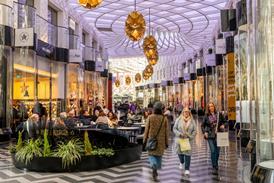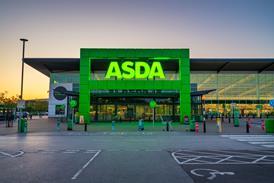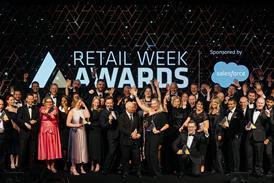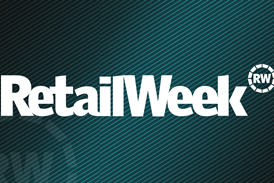
Consumers are faced with a staggering level of digital communication every day, with 6 billion texts received across the globe according to US wireless comms industry association CTIA.
That is in addition to the 306 billion emails sent to consumers daily and on top of the two-and-a-half hours consumers spend on social media on average each day, reports database Statista.
With the Covid-driven acceleration in online retail now expected to have permanency, all businesses need to re-evaluate their digital marketing strategies to ensure they are fully leveraging each communication channel.
So how can retailers cut through the noise? A new report, Breaking Through the Digital Noise, looks at how retailers can reach today’s hyper-connected consumers, with insights and analysis by SessionM, a Mastercard company.
Here we lay out four steps to help retailers engage with consumers in the right digital channels at the right time with the right messaging.

To meet the changing demands of consumers, multichannel retailers must seamlessly blend the online and offline experience. This means rethinking the purpose of their physical store network and the in-store experience on offer.
Frictionless shopping is key. Easy, a business that specialises in contactless payments via in-store tech, reports that low-touch journeys are gaining traction with shoppers.
US-based coffee chain Dunkin’ has been experimenting with self-service stores and contactless checkout, powered by AI, since last autumn. Customers can order via the Dunkin’ app and use a QR code to check out, collecting their orders without having to interact with staff.
Meanwhile, in the UK, supermarket chain Aldi last month revealed its plans to open its first checkout-free store. Its 'Shop & Go' technology will allow customers to scan their smartphone upon entering the store, pick up the items they wish to purchase and walk out without the need to pay at the till.
Other retailers are investing to bridge the online/offline divide to aid product discovery. Furniture retailer Made.com has positioned its seven European showrooms as touchpoints along the customers’ online journey.
The showrooms, which all have a window display that matches the Made homepage, have no stock to sell but instead feature digital elements such as screens that show content from the website and social media.
The retailer has also invested in virtual technology over the past 18 months, not only creating a virtual shoppable showroom but also using AI and 3D tech to show customers how products will look in their homes.

Understanding and using data to drive marketing is paramount to cutting through the digital noise.
The hyper-personalisation of the customer journey, including offers and messaging using insights from omnichannel data in real time, is critical to winning customer attention.
This level of personalisation can only be achieved by bringing together multiple sources, including high-quality data gathered from loyalty schemes, with AI, analytics and automation.
Marks & Spencer is focused on using data from its Sparks programme to capture a 360-degree customer view that is not just about solving pain points or interpreting past behaviour, but aiding the retailer in predicting what customers will want and need next.
Boots, meanwhile, is building on the success of its Advantage Card loyalty scheme, which has 17 million active users, to launch a new media and marketing service to help third-party brands deliver personalised campaigns to customers.
The Boots Media Group will allow the retailer’s supply partners to create bespoke advertising campaigns based on data from the loyalty scheme.

With historic consumer behaviours and patterns no longer considered reliable, gaining a new understanding of the fragmented path to purchase must be a priority for all retailers.
Retailers have to be present in the new places consumers are shopping. This means connecting with customers via marketplaces or responding to the rise of localism, which has seen shoppers rediscover their local high streets as a result of lockdowns.
Retailers including B&Q and Pets at Home have responded by opening smaller formats in town centres.
“Having this ability to listen and react quickly is something we’ve been doing for a decade and it has been enormously helpful”
Meanwhile, personal styling service Stitch Fix launched its direct-to-buy offer, Freestyle, in September. Up until then, Stitch Fix customers had to sign up for a monthly subscription to access a curated range of clothing based on their personal preferences.
With Freestyle, however, customers can buy specific items from their curated range without signing up for a monthly subscription.
“Having this ability to listen and react quickly is something we’ve been doing for a decade and it has been enormously helpful, especially in 2020 and into this year, in delivering an experience curated for each individual and right for the context of their lives, even when that context is rapidly changing,” says Katrina Lake, founder and chief executive of Stitch Fix in the Mastercard Data & Services report The Retailer's Guide to Success through Covid Recovery.

The behavioural changes triggered by the pandemic have disrupted loyalty schemes as we previously knew them, meaning retailers and brands need to invest in new models to retain long-term shoppers and newcomers.
Loyalty has always been about more than pounds and points; it goes beyond the transaction to build brand affinity.
“Today’s consumers don’t need to receive something physical to feel rewarded. Your best customers want some kind of acknowledgement that they are indeed your best customers”
Erin Warren, general manager at Rakuten In Store Network, a cashback scheme that operates in retailers’ physical stores, says rewards need to be reimagined outside of the standard incentives as they do not deliver on making customers feel special or recognised for their loyalty.
“Today’s consumers don’t necessarily need to receive something physical or tangible to feel rewarded,” she says in the Mastercard Data & Services report The Retailer's Guide to Success through Covid Recovery. “Your best customers want some kind of acknowledgment that they are indeed your best customers.”
US restaurant chain Chipotle Mexican Grill has innovated in loyalty to move beyond a traditional points-based scheme. Its Incentives and Rewards Exchange allows users to choose how to redeem rewards, including giving charity donations and receiving merchandise. It says the revamp has helped it to grow its user base from 8 million to 23 million in two years.
During the UK's lockdowns, subscription models also gained prominence as a valuable strategy for encouraging loyalty and repeat purchases. Food-to-go chain Pret a Manger, for example, was one business that entered the subscription space. Last September, it launched YourPret Barista, offering customers up to five coffees a day for a £20 per month fee.
The first step in the chain’s multichannel strategy, the subscription scheme allows customers to access it via email, phone or digital wallet and, crucially, creates an ecosystem for the business that will allow it to gather insight and launch data-led products and services.
In today’s noisy digital world, only the retailers and brands that understand how to savvily use each communication channel to connect with their customers will succeed in being heard.
Creating a data-driven culture is the only way to equip teams with the necessary insight and tools to meet and exceed today’s expectations in terms of customer experience and personalisation, retaining existing customers while reaching new audiences.
Uncover deeper insights on developing a strategy for digital customer acquisition and retention in the new report Breaking Through the Digital Noise. The report examines how retailers can influence today’s hyper-connected consumer, with insights and analysis by SessionM, a Mastercard company.
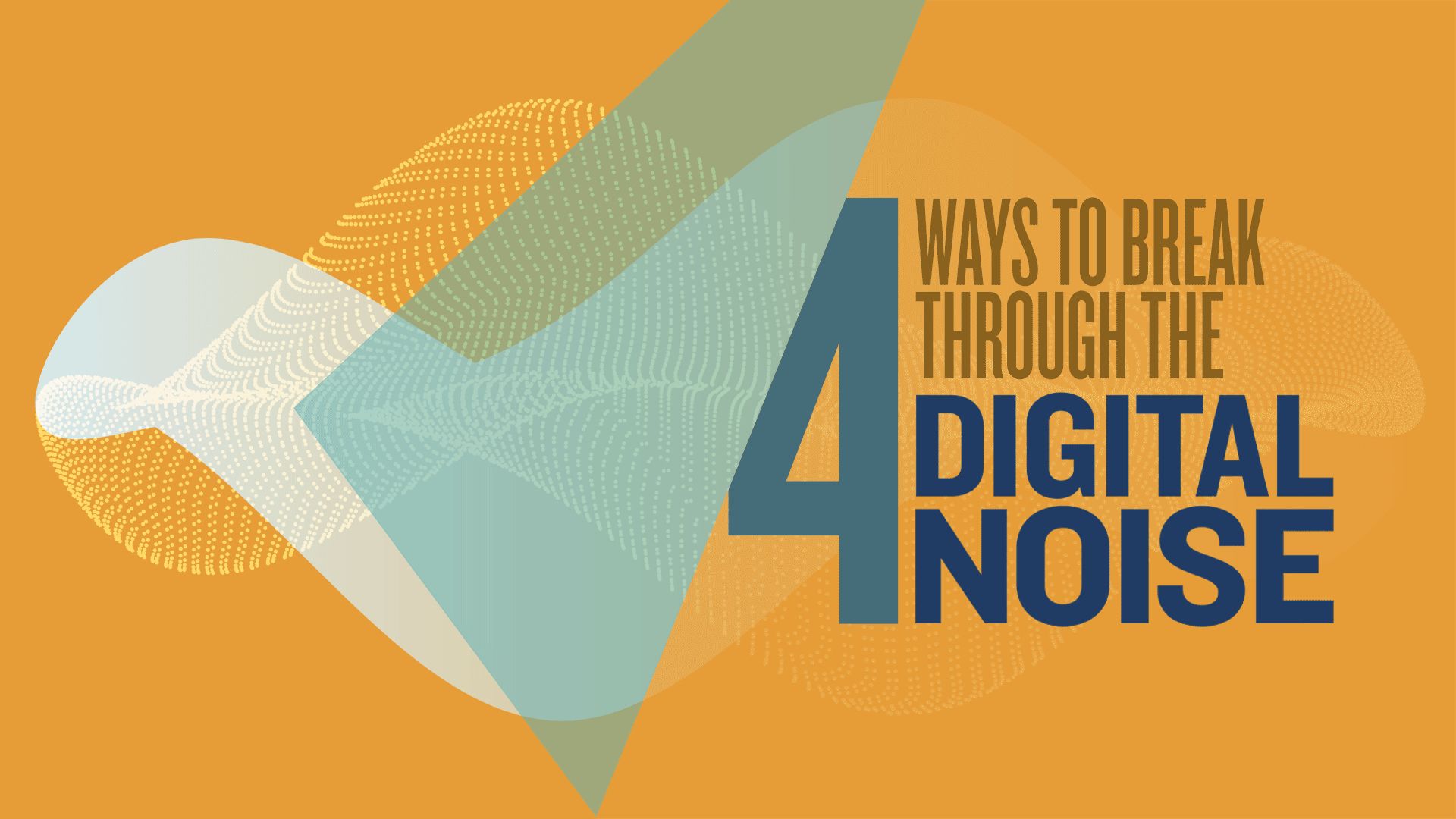
In association with Mastercard
Written by Caroline Parry
Produced by Stephen Eddie
Designed by Sam Millard
Subedited by Rebecca Dyer





